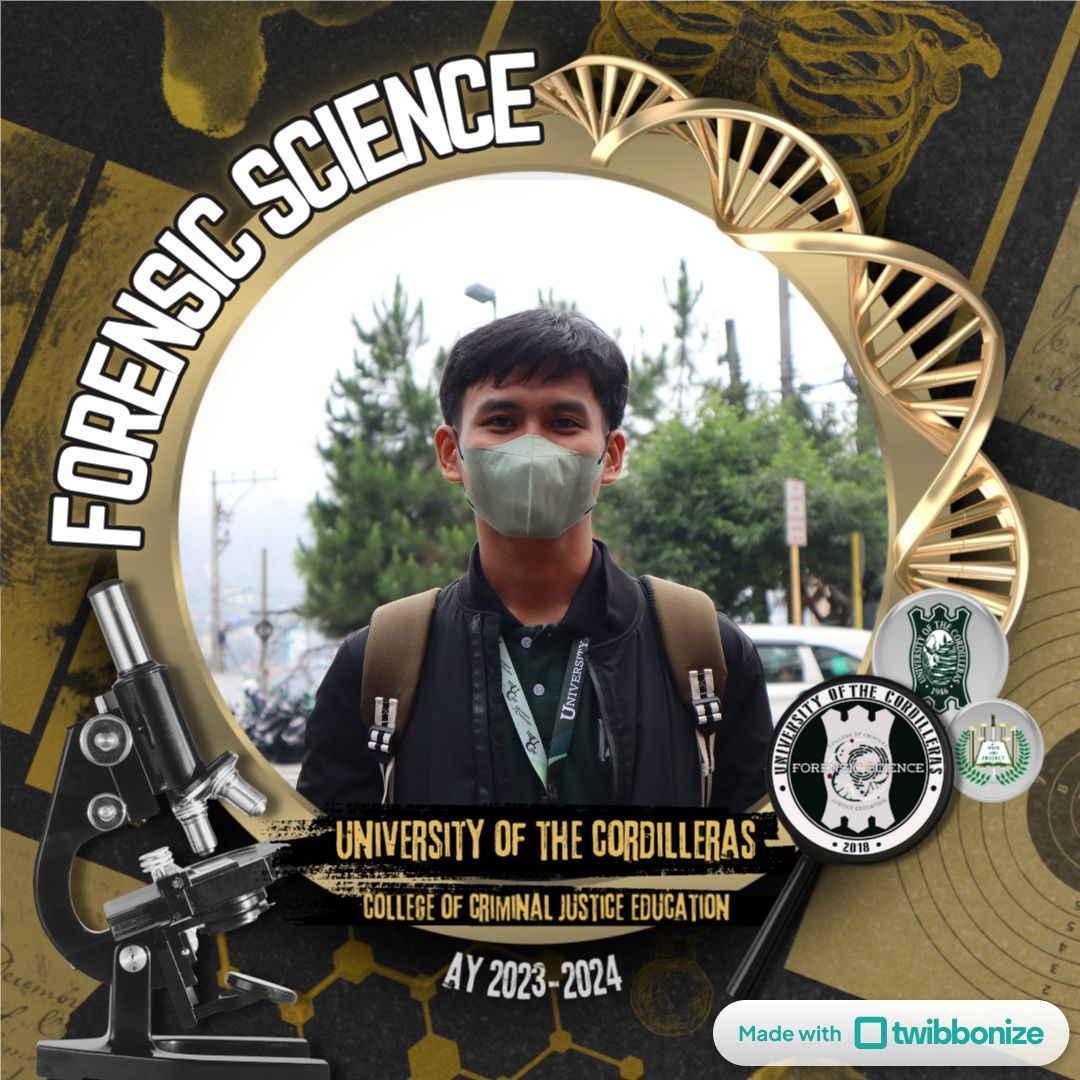FORENSIC 8 | Forensic Chemistry
Subdecks (2)
Cards (367)
- Brief History of Forensic Chemistry (Timeline)
- Forensic Chemistry
- Scope of Forensic Chemistry
- Evidence
- Scientific Evidence
- Forms of Scientific Evidence
- Physical Evidence
- Real (or Autoptic) Evidence
- Trace Evidence
- Role of Forensic Chemistry
- Chemical findings are used in
- Principles in the Collection of Physical Evidence
- General Rules in the Collection of Evidence
- Factors Contributing to the Loss of Physical Evidence
- Stages in the Work of a Forensic Chemist
- Quantitative Examination
- Methods of Analyses
- Techniques Used in Forensic Chemistry
- Characteristics of Tools and Techniques Used
- Principles Used in Forensic Chemistry
- Importance of the Study of Blood
- Nature of Blood
- Functions of Blood
- Kinds of Blood
- Characteristics of Blood
- Factors Affecting the Amount of Blood
- Problems in the Study of Blood
- Composition of Blood
- Formed Elements
- Hemoglobin (Hb)
- Types of Hemoglobin
- Phases of Blood Examination
- Methemoglobin (HbM)
- Sulfhemoglobin (HbS)
- Carboxyhemoglobin (HbCO)
